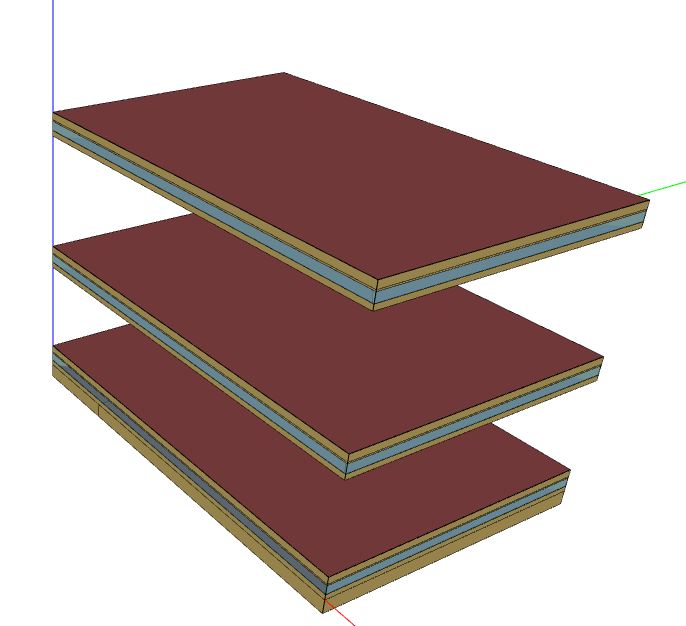@mehrdad_xyz I suggest you look at the details of the Zone Multiplier Field in the EnergyPlus documentation. It explains how the multiplier is used for loads and HVAC systems serving the zone. For high-rise buildings there may be multiple mid floors with multiplier of 10 vs, a single mid floor with multiplier of 100.
As far as the boundary conditions, typically the floor and ceiling of the mid story as well as the ceiling of the bottom story and floor of the top story have an adiabatic boundary conditions. This should be used unless thermostat schedules are similar across the stories.
If you are including context shading in your model you should consider the impact of using a multiplier on the solar exposure. This could impact not only daylighting, but also surface temperatures. Beyond context shading, if you have a non-rectangular building footprint using a multiplier can impact self shading; one way to address this is to add in shading surfaces with the same footprint as the building to infill the gap. If the building is rectangular, or non/convex like a circle, then you don't have to worry about self shading. unless you have exterior shading devices like window overhangs. At one point I had mocked up a measure to do this automatically to a model.






You might update question title, to something like is it accurate for prototype model uses zone multipliers.